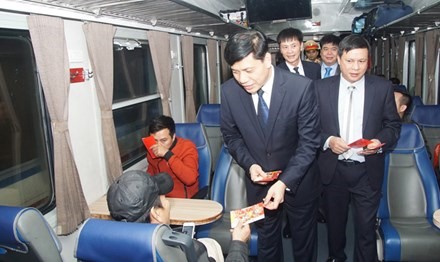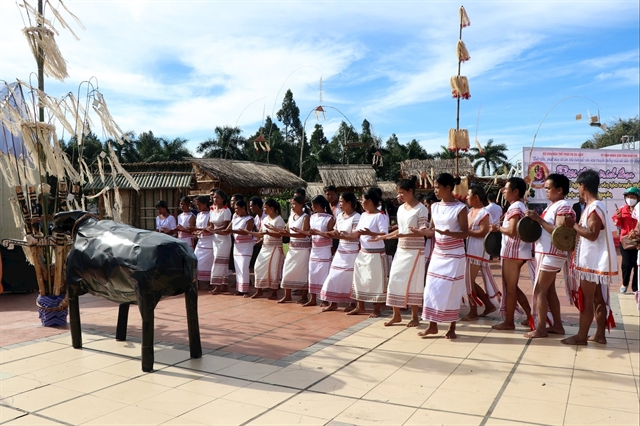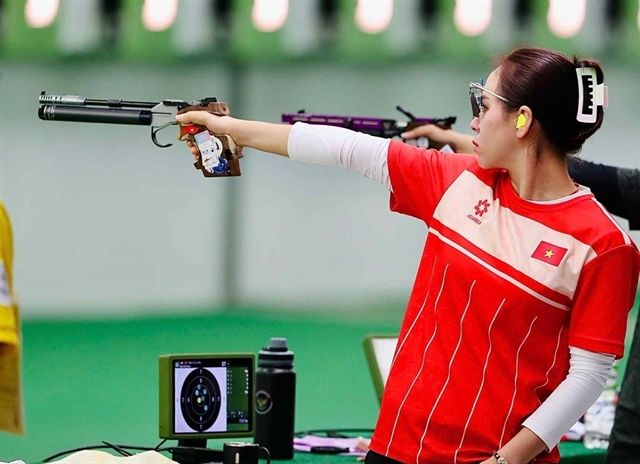 Opinion
Opinion

Nguyễn Ngọc Đông, Vice Minister of Transport, speaks to the newspaper Tiền Phong (Vanguard) about his Ministry’s plan on developing a fast, yet safe railway service
 |
| Nguyễn Ngọc Đông |
Nguyễn Ngọc Đông, Vice Minister of Transport, speaks to Tiền Phong (Vanguard) newspaper about his Ministry’s plan to develop a fast, yet safe railway service
Who is to blame for the rise in accidents at railroad crossing points in Viet Nam?
I have to admit that railroad crossing points in our country are very complicated as operational management varies from one locality to another. As a result, crossing point management in some localities is good if they receive attention from local authorities, otherwise they are poorly managed.
Adding to that, much railroad track was built before 1954 when the country was under the rule of the French.
Another factor adding to the problem was that during land reforms, farmers were given land to till. Land was redistributed by local leaders, whether it ran across rail tracks or not.
At present, only 1,500 railroad crossing points have operation licences, plus there are almost 4,800 civilian crossing points opened by people living next to rail lines. Of which, about 1,500 crossing points are three metres or more wide with the rest much narrower.
Are people free to open their own crossing points through railway lines?
No! Under law, if any locality wants to open a railway crossing point, the local administration must seek a permit from the Ministry of Transport (MOT) and the Ministry of Finance. According to our law, a legal railway crossing point receives annual maintenance funds from the State budget as well as the investment and control budget.
Recently, the MOT has requested the Government to make convergence roads to cut down the number of crossroads over railway lines opened by citizens.
Why are train tickets more expensive than plane tickets in Việt Nam?
The MOT is considering a plan to lower rail ticket prices. There are several factors in setting rail ticket prices, including infrastructure construction cost and administration costs. However, recently, we have lowered rail ticket prices and introduced a rather flexible price system. But our ticket prices are still high – a critical factor affecting our competitiveness compared to other means of transport.
Do you think that people will opt to fly than travel by trains?
No, I don’t think so. Each mode of transport has its own advantages. If our rail service is improved while cutting down travel time, I think more people will prefer to go by train if they travel a short distance. Another advantage that the rail has over the airline is that it can carry huge numbers of passengers. A train with 20 carriages can carry a thousand passengers, equal to 10 flights.
In terms of cargo transport, the cost of rail transportation is still cheaper as it can carry a huge volume that no other means of transport can compete with.
Can you talk about the current status of the rail sector and its plans?
First, let’s talk about investment in the rail sector within total investment in the transport sector. Can you believe it receives just between 3-4 per cent of total investment in the transport sector? Up to 90 per cent of state investment goes to the road sector.
However, the MOT has submitted a proposal to improve rail services. Based on experiences from other countries, the MOT will ask the private sector to participate in certain train services as in many countries. But the infrastructure will remain under State management.
In our plan, in 2018 we will present a plan on a high speed rail line to the National Assembly for consideration. We hope that the proposal will be adopted by law makers during the 14th National Assembly which will end in 2021.
The high speed rail line will run parallel with the present rail line. But the latter will be used for cargo trains only. We expect that the construction of the new high speed rail line will take about five years. — VNS



.jpg)
